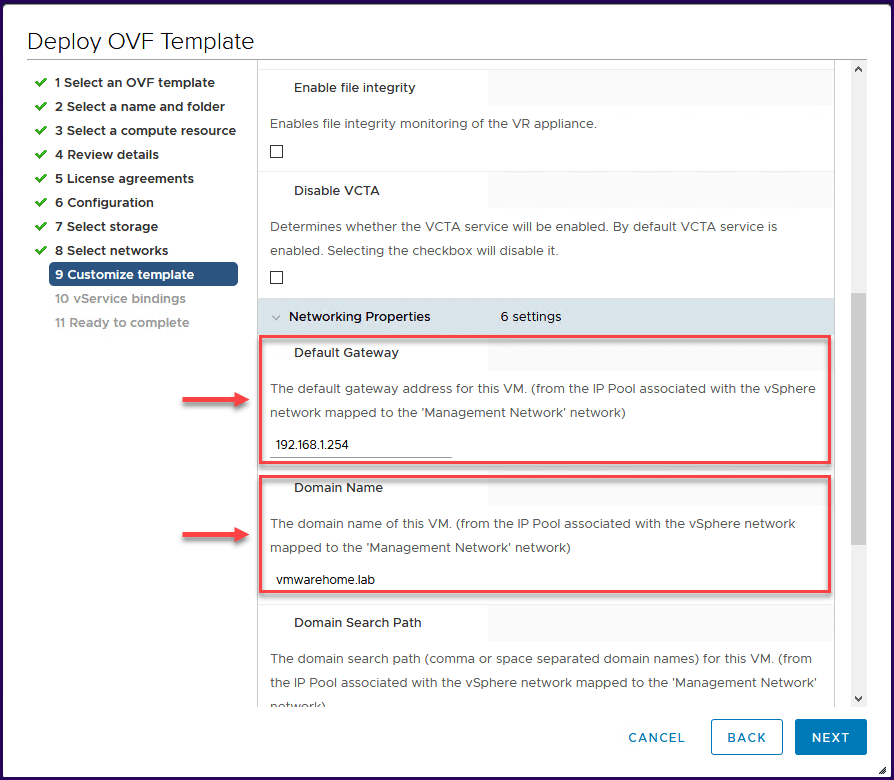
Of course it can be easily rewritten to a per-cluster basis script. The script has been written to execute tasks on a per-host basis, since this was a requirement stated by the customer. And wanted to share it. Maybe someone will ever come into the same situation, in which this script can be very useful. I know there already a few blog post and articles regarding this topic, but I had a specific use case for the script I’ve written. The customer said to me but the ‘Synchronize guest time with host’ is disabled on every VM in the environment, so is this a bug? The answer is No! and it is well explained in this VMware Blogpost. Since the business-critical application was very time-sensitive, this lead into a service disruption within the application stack. After a vMotion of a VM with Server 2012 R2 as Guest OS (domain member), the VMware tools inside the Guest OS initiated a sync with the hypervisor what resulted in a 5 minutes time difference. So the time between the hypervisor and the domain controller was completely out of sync. The ESXi hypervisor was pointing to an NTP server which was not existing anymore. The issues that the customer was facing was as follows. It will not be a big surprise if I told you that the root cause was NTP? Although incorrectly configured NTP settings often lead to issues, unfortunately this is not yet configured consistently and well enough in a lot of environments. They had suffered an outage for at least three times last month, and therefore they requested my employer ITQ to perform a health check including a root cause analysis for the latest P1 incidents. This customer has a business-critical application running 24/7 which is very important for all activities within the company.

Last week I was identifying a root cause for a P1 outage my customer had suffered from.


 0 kommentar(er)
0 kommentar(er)
